|
In honor of Halloween, I thought I’d highlight some spooky orchids. This first orchid is Miltassia Kauai’s Choice, sometimes referred to as a spider orchid. This is Mom’s orchid that recently bloomed. The diameter of these blooms are 10 inches from top to bottom. Miltassia is an intergenic hybrid between members of the Brassia and Miltonia genera. I found this next orchid, Fdk. After Dark, in Longwood Garden’s orchid display. Fdk is the abbreviation for Fredclarkeara which is another intergenic cross between members of the Catasetum, Clowesia, and Mormodes genera. I thought the deep red/black color of these blooms gave them an eerie, yet beautiful, look. I hope you enjoyed this short post. If you know any other spooky orchids that you think I missed, let me know if the comment section below!
I'll get back to my series on orchid care leading up to transplanting next week.
3 Comments
I’m starting a several part series of posts on orchid biology that will eventually lead to transplanting orchids. I was going to just dive right in to transplanting, but I realized that I’d either have a 12-page post explaining all of the tips and tricks or I’d just leave you with a very unsatisfying “take my word for it” approach. To avoid both of these, I decided to break this into several small posts highlighting different quirks of orchid biology, ending with a quick guide to transplanting orchids. This first post focuses on the unsung heroes of orchids—the roots. Roots aren’t the prettiest part of the orchid, but they play a very important role in orchid survival. They gather water and nutrients. They provide stability—a base, or attachment, for the rest of the plant. Always remember: the foundation of any healthy orchid is a healthy foundation. Let’s take a minute to understand orchid roots so we can raise healthy orchids. Like most other plants, orchids roots have two main functions: (1) Water and nutrient uptake and transport; and (2) support. The actual nutrient/water conducting part is a bundle of vascular tissue called the vascular cylinder that transfers nutrients and water from the outside to the inside and on to the rest of the plant. The vascular cylinder is more commonly called the “root.” Orchids, however, are more complicated than that. Orchid roots contain a spongey coating around the root called velamen. This velamen absorbs water from the atmosphere when it becomes available and stores it for future use. Let's look at some real examples of healthy and unhealthy roots: Check out the photo below. The majority of the roots on this Phalaenopsis Mom and I transplanted are healthy. The ones that were exposed to sunlight are green (because they contain chlorophyll and contain photosynthesize); the ones that were buried in the pot are white (no sunlight = no chlorophyll). Hopefully, from this picture you can see that most of these roots are plump and healthy. There are a couple dead roots, one which I've pointed out below. This next photo is another root from the same plant as above. Mom is holding a root that is still alive but beginning to rot. You can see three places where the root is beginning to rot and whither (circled in red). We removed this root at the base of the plant because it will only continue to rot and the plant had enough healthy roots to not miss this one. Now that you know how to identify healthy and unhealthy roots, let's talk about the two functions of roots I mentioned above (water/nutrient transport and structure). (1) Water and nutrient uptake. I'm a plant biologist, so I like to learn about the natural conditions that my orchids would encounter to decide how I'm going to care for them in my home. Below is a little flow chart of watering and fertilizing tips. Fun fact of the Day: The American Orchid Society has culture sheets with growing tips for each genus here: http://www.aos.org/orchids/culture-sheets.aspx Also, Mom's first book, Orchid Care: For the Beginner focuses on general tips for taking care orchids in your home. Her upcoming book will focus more on specific details of each major genera. 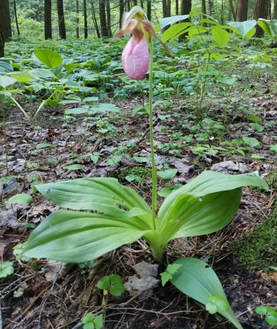 (2) Structure How the roots support the plant is a little different for different genera of orchids. Let's start with terrestrial orchids because they are the most similar to other plants we're more familiar with. The photo on the right is a cypripedium orchid that I found in a marsh in New York. Like any other terrestrial plant its roots form the base of the plant and allow it to grow upright without falling over. 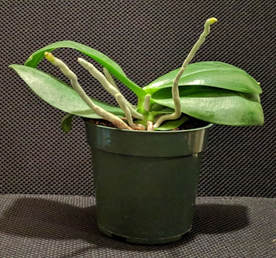 Epiphytic orchids are a little different, though. See how this Phalaenopsis’ roots are growing in every direction? Think of it like arms blinding reaching out for something to hold on to. In the wild, when the roots hit something like the bark of a tree or the side of a cliff, the roots flatten out and glue themselves to the substrate as they grow. 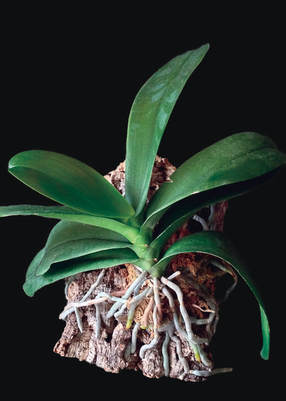 The roots of epiphytic orchids secrete a glue-like substance from the actively growing tips that attaches them to whatever they’re growing on. A couple years ago, Mom gave this a try with a Phalaenopsis. She tied it to a piece of bark and eventually it attached itself. The roots grow down into the grooves of the bark and even around the back of the bark. Alright, that's all I have for now on orchid roots. If you have questions/comments on roots or suggestion for future topics, feel free to email [email protected] or leave a comment below.
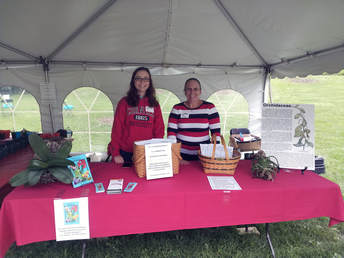 Gozde (left) and Mom (right) at our main table. Gozde (left) and Mom (right) at our main table. For those of us who love orchids, it can be tricky convincing others that orchids are fun and fairly easy to grow. They have some quirks that make them a little different than raising your average houseplant, but with the right tricks you can successfully grow most orchids at home. Last week, Mom and I participated in Judy’s Day, a fabulous family outreach event hosted by the Cornell Botanic Gardens (https://www.cornellbotanicgardens.org/learning/youth-programs/judys-day). The goal of Judy’s Day was to provide fun, informative, and thought-provoking answers to many of the questions surrounding plants. Each booth featured a different member of the plant family and they all had hands-on activities to engage kids in plant science. Mom and I ran the Orchids Tent along with the help of another Cornell graduate student, Gozde, and some enthusiastic undergraduates. Our booth had a scavenger hunt where kids had to identify orchids based on characteristics like to monopodial vs. sympodial growth, flower shape, and leaf structure. The prize for correctly identifying all the orchids was a temporary tattoo Mom designed using one of her orchids.
Hello! I’m Jen, Barb’s daughter and plant enthusiast. The photo above is Mom and I at Sequoia National Park last winter. Sequoias are my favorite trees, but orchids are my favorite flowering plants. I’m not the orchid expert that Mom is, but I’ve been raising orchids for nearly as long and love plants. My apartment is stuffed full of orchids, some of which won ribbons at the Philadelphia Flower Show’s competitions. I’m starting this blog for several reasons.
|
AuthorJen Schmidt is a PhD graduate from Cornell University who, with the help of her mother (Barb), is turning into a crazy plant lady at a young age. Archives
September 2019
Social Media
|

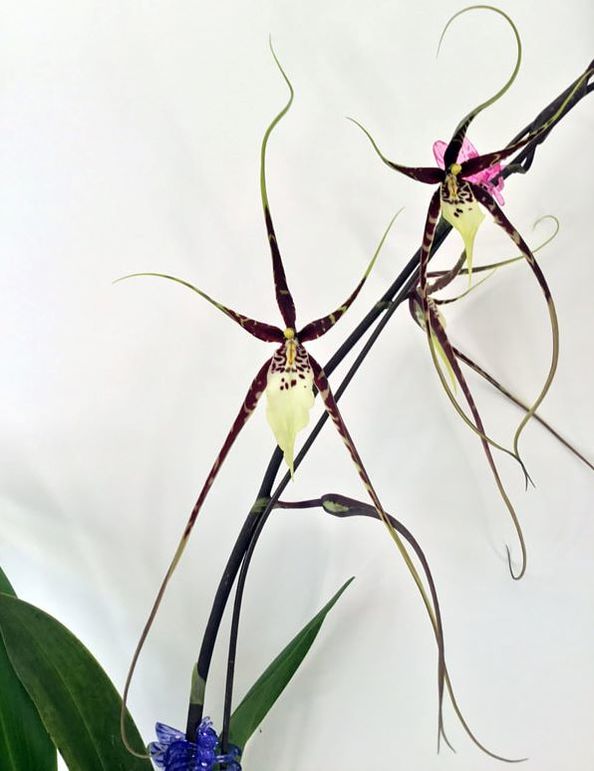

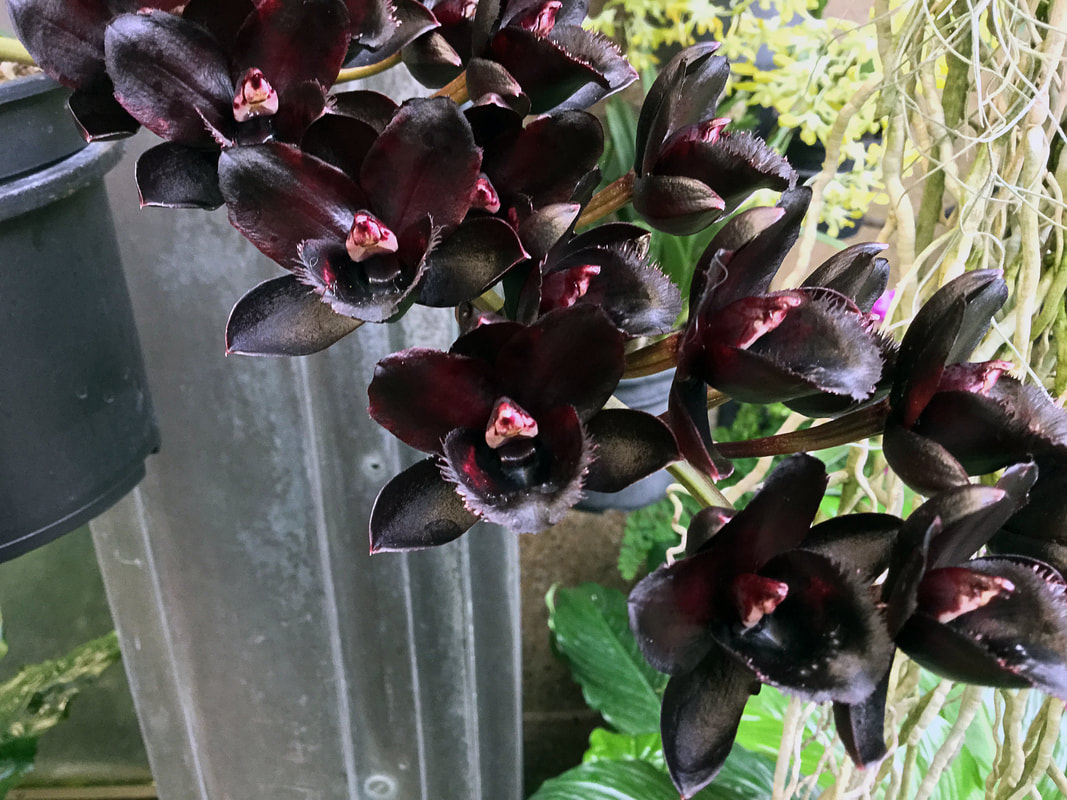
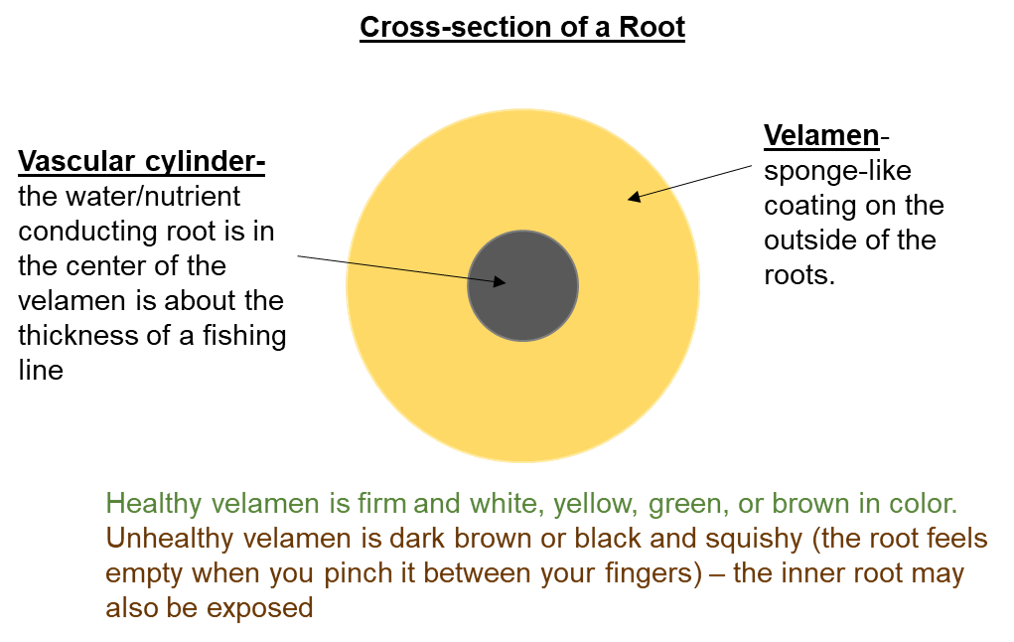
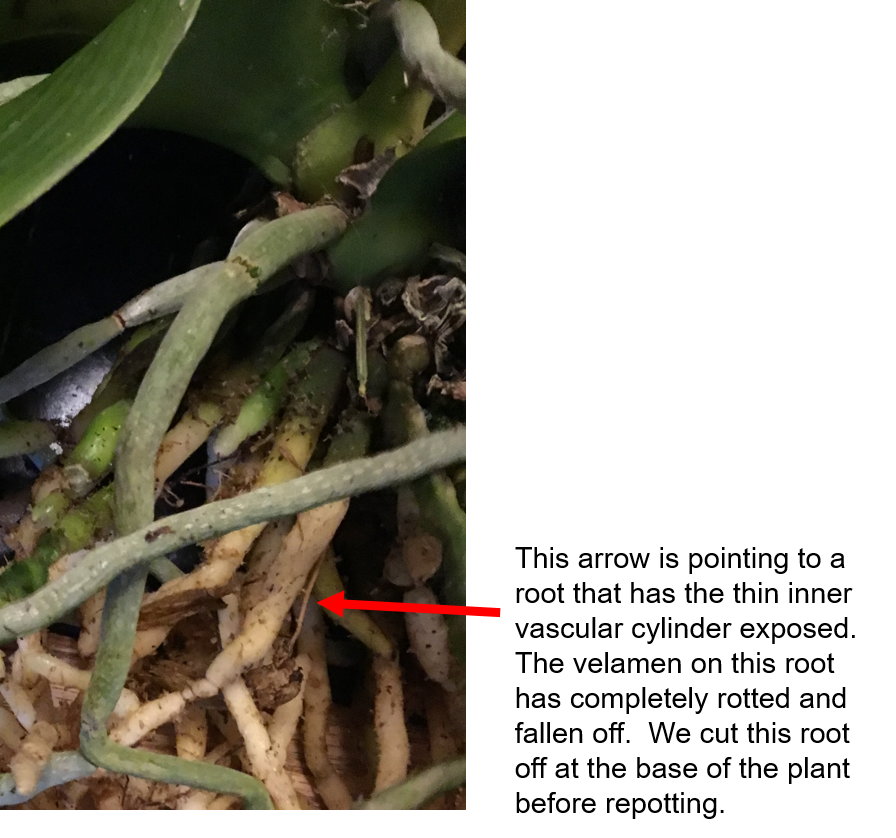
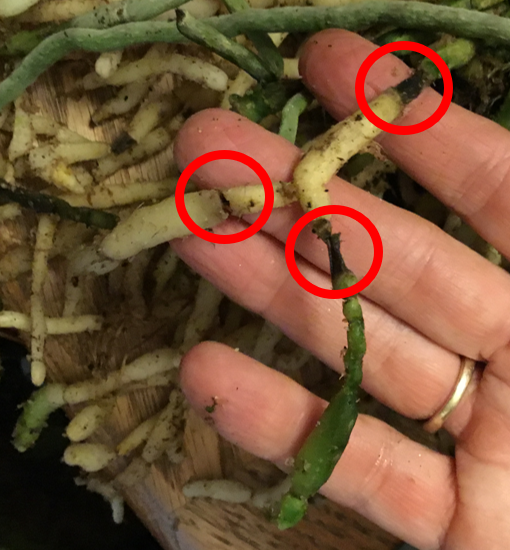
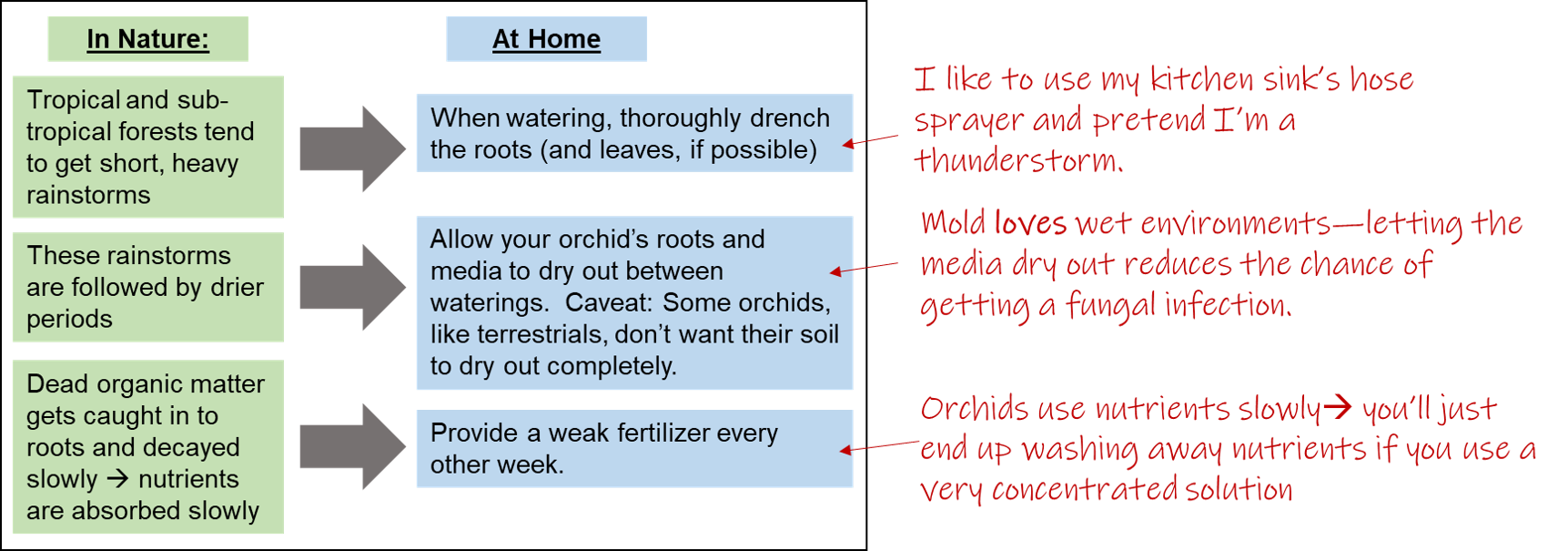

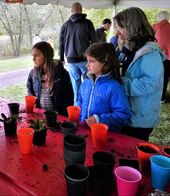

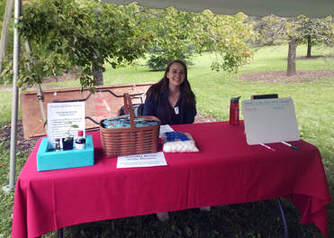
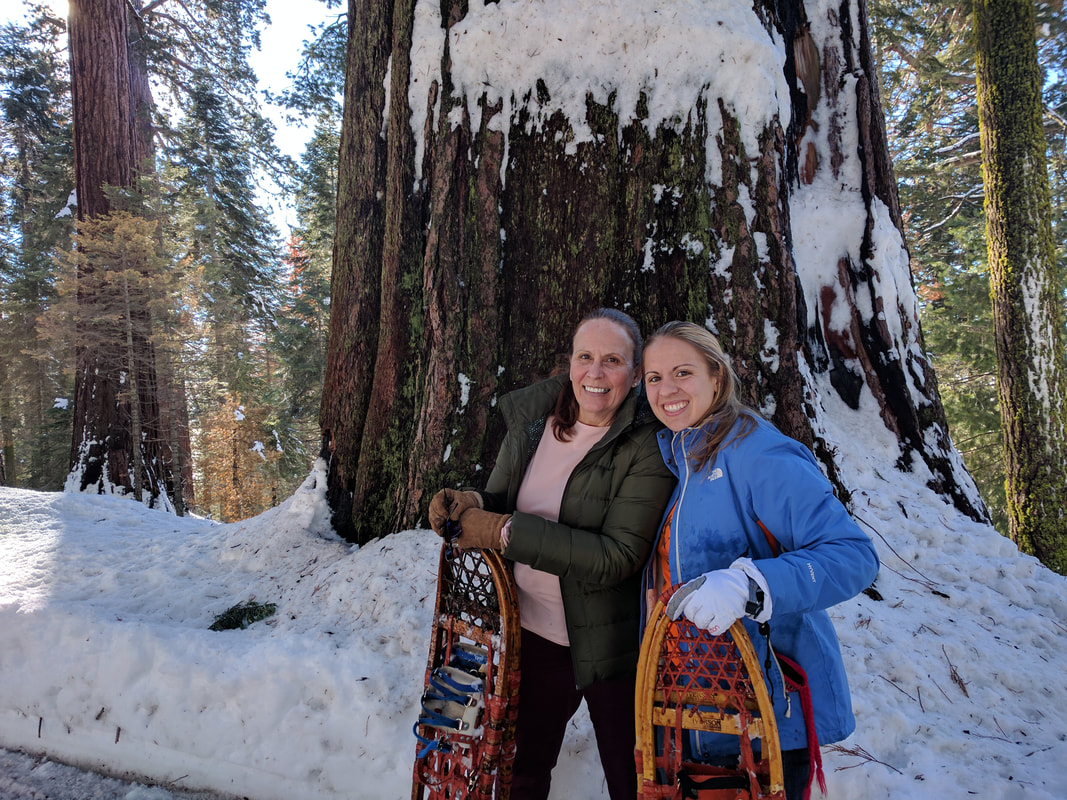
 RSS Feed
RSS Feed